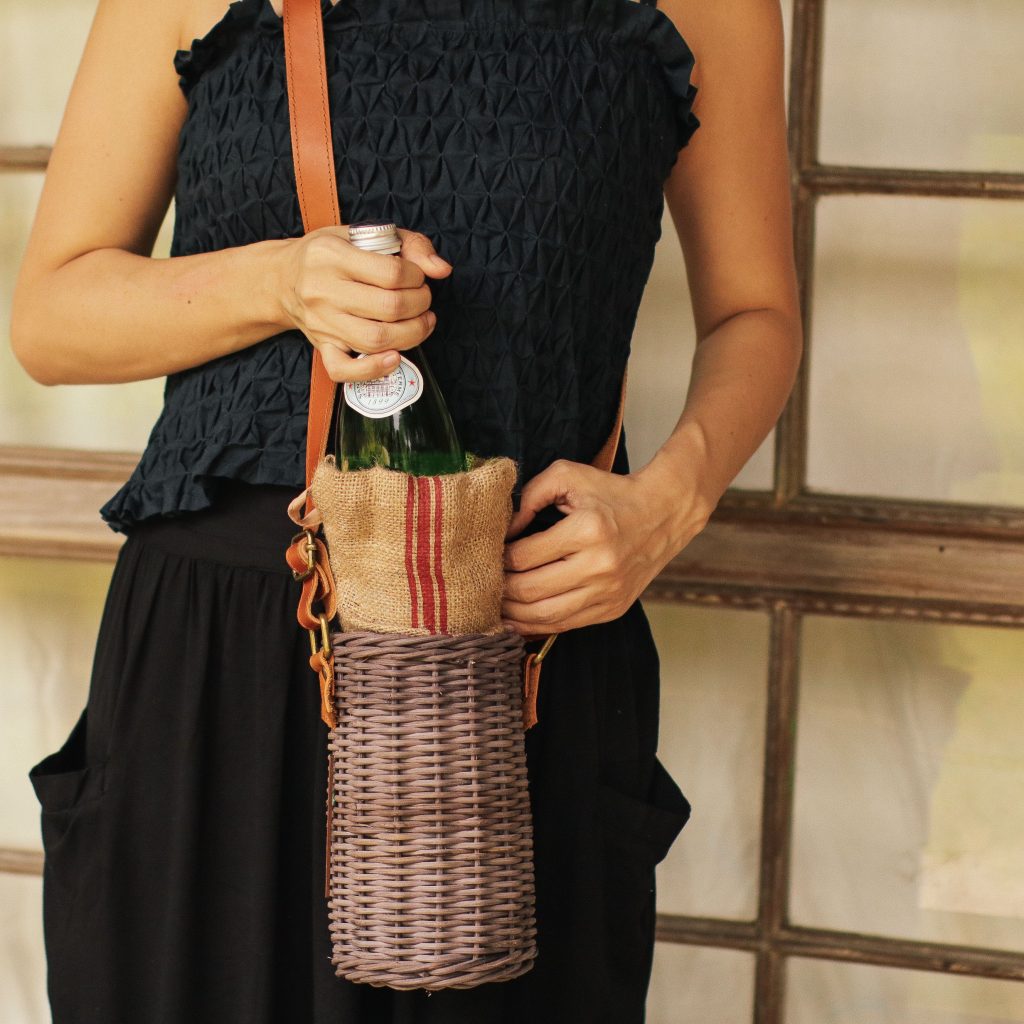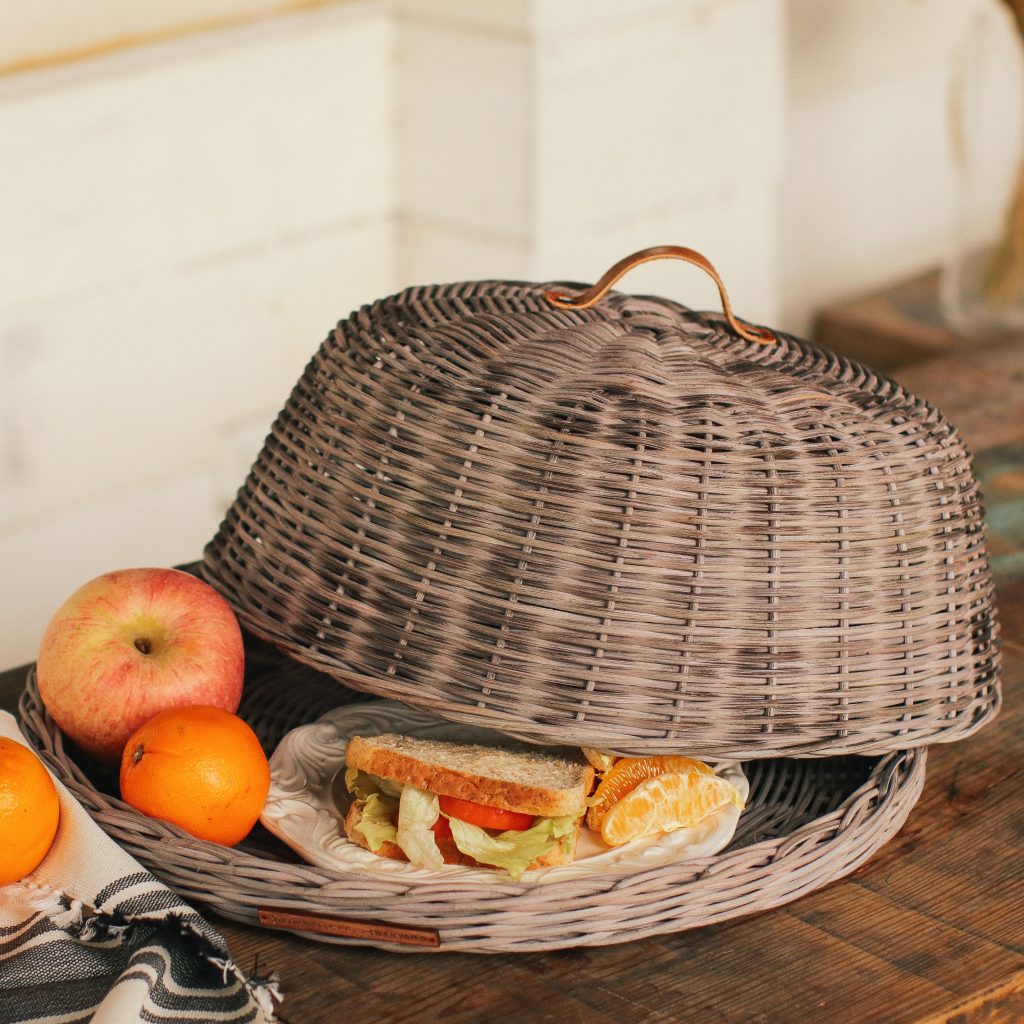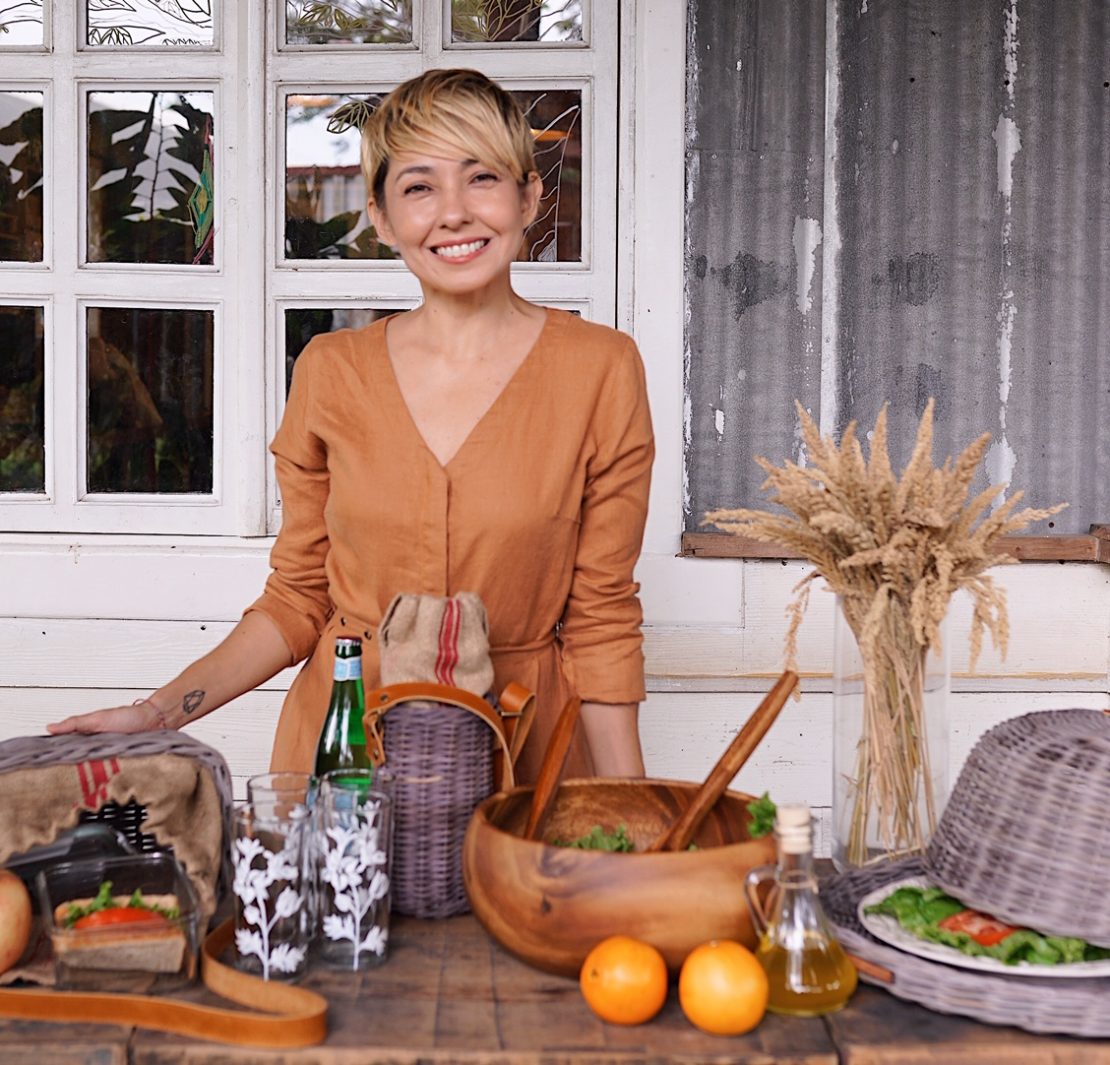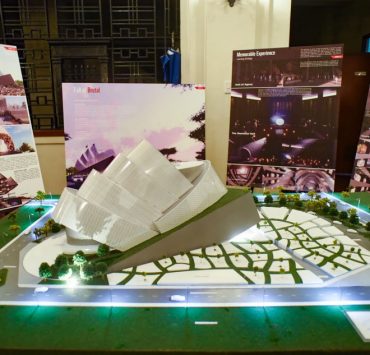When we think of consumerism and its impact on the environment, we immediately associate it with clothes and fast fashion. But that is just a part of it. What we buy for ourselves and for our homes contribute to a large part in the environment, too, because after all, most furniture, dinnerware, and decor are mass-produced.
Last April, fashion designer and wellness advocate Hindy Weber-Tantoco launched her own clothing line, Hindy Weber Every.day, which aims to produce sustainable daily clothing. This time, Weber has partnered with Domesticity, a local homeware brand, to create a collection of homewares.
Domesticity is known for its hand-crafted and locally-made products. Its advocacy is to eradicate poverty by empowering communities through sustainable livelihood. But apart from that, they also aim to provide elegant storage pieces for modern homes.

Together with Mariel San Agustin of Domesticity, Weber-Tantoco came up with a collection of household items inspired by her holistic and esoteric approach to green clothing.
Their products range from kitchen, bathroom, living room to dining room pieces that exude a rustic-chic ambiance. Mostly focusing on home accessories like mirrors, food covers, and water bottle holders, Weber-Tantoco’s designs are inspired by boudoirs.

As part of Domesticity’s goal, a portion of their sales go to the Gawad Kalinga San Agustin village in Negros Occidental where the products are made.
True enough, a house is incomplete without these little functional details. Taking part in advocacies like this, which help other communities and gives others the opportunity to build one of their own, not only makes our house look good but also contributes to a greater good.
Their products will be launched on Aug. 29 in Artefino and will be made available online through their website mydomesticity.com on Sept. 1.
Get more stories like this by subscribing to our weekly newsletter here.
Read more:
Welcome to The House, a pop-up with furniture, flora, and food
This art exhibit highlights the importance of a sustainable future
Farm to fashion: How regenerative agriculture makes fashion sustainable
Writer: GABRIELLE PARLADE




